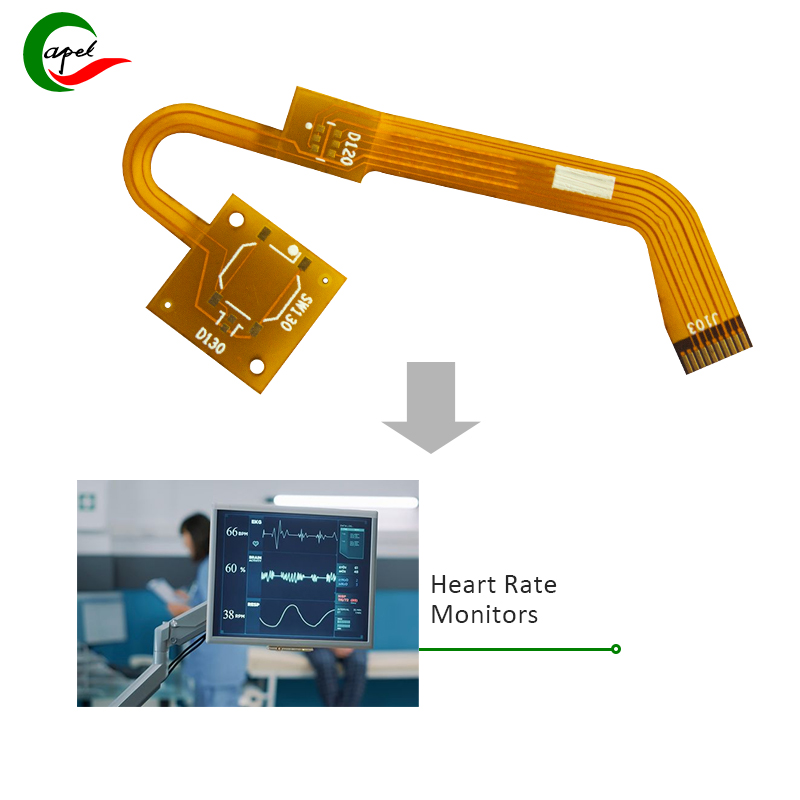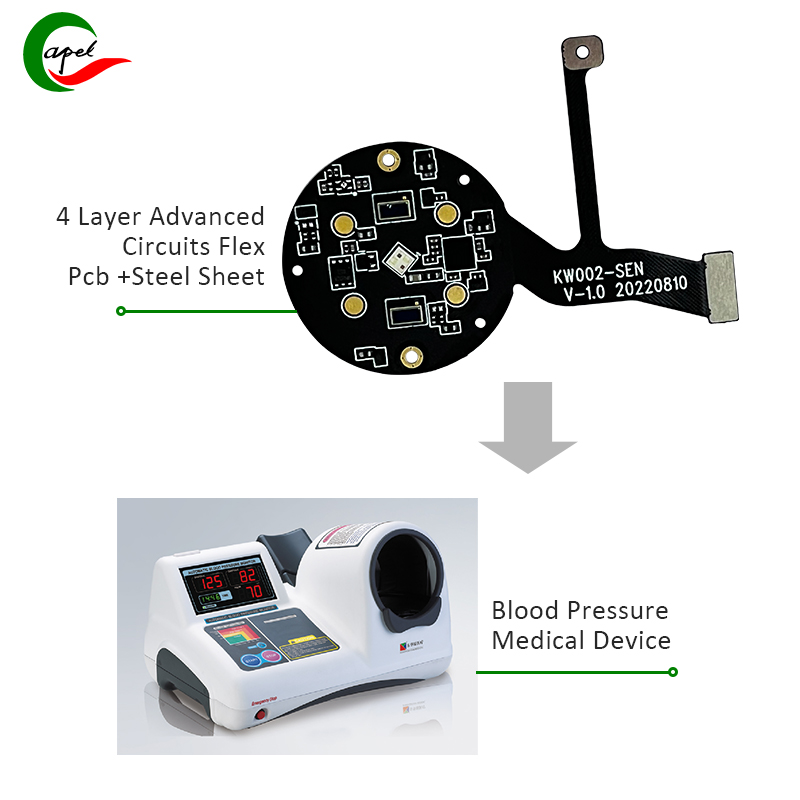Executive Summary
Explore the transformative potential of integrating medical flexible printed circuit (FPC) technology into primary care delivery. Understand the benefits, challenges, and successful strategies of seamless integration to pave the way for enhanced patient care and cost-effective healthcare delivery.
Introduce:Empowering Primary Care: The Role of Medical Flexible Printed Circuit (FPC) Technology
Advances in medical flexible printed circuit (FPC) technology have pushed the medical industry into new areas of innovation. Unlike traditional rigid circuit boards, medical FPCs enable the creation of highly flexible and compact electronic devices that are critical for a variety of medical applications. From diagnostic tools to wearable medical devices, the design flexibility and space-saving features of medical FPCs are revolutionizing the delivery of healthcare services.
Description of Medical FPCs
Medical FPCs are thin, lightweight electronic circuits that are highly customizable and flexible, allowing them to conform to the unique shapes and contours of medical devices. Their inherent flexibility and compactness make them ideal for integration into a variety of medical devices, including monitoring equipment, diagnostic tools, and treatment systems.
The Importance of Integrating Medical FPC into Primary Care Services
In today’s healthcare landscape, the shift toward preventive and holistic care is driving the need for advanced medical technologies that can be seamlessly integrated into primary care services. Healthcare FPCs play a key role in facilitating the development of innovative medical devices that can be deployed in primary care settings, thereby enhancing the delivery of patient-centered care.
Benefits of Medical FPC
A. Improving Patient Care and Outcomes Integrating medical FPC into primary care services allows the development of sophisticated and portable diagnostic tools and monitoring devices. This enables primary care providers to provide accurate, timely assessments, leading to improved patient outcomes and proactive disease management.
b. Cost-effective medical The versatility and compactness of FPCs facilitate the development of efficient and cost-effective medical devices that can be integrated into primary care settings. By streamlining processes and reducing the need for complex hardware, medical FPC can provide significant cost savings for healthcare services.
C. Effective Care Coordination Healthcare FPC supports seamless integration of data collection and transfer within primary care systems, promoting effective care coordination and enabling real-time collaboration among healthcare professionals. This streamlined approach enhances continuity of care and patient monitoring, facilitating proactive interventions and personalized treatment plans.
Challenges of integrating medical FPC into primary care
A. Resistance from Traditional Healthcare Systems Integrating innovative technologies such as medical FPC into traditional primary care systems may face resistance due to concerns about implementation complexity, data security, and interoperability with existing infrastructure.
b. Lack of Awareness among Healthcare Providers Many primary care providers may not be fully aware of the capabilities and potential benefits of incorporating medical FPC into their practice. This lack of awareness may hinder the adoption of new medical technologies and limit their impact on patient care.
C. Limited Implementation Resources Integrating medical FPC into primary care may be hampered by limited resources, including funding, technical expertise, and support for training and education in the use of new technologies.
Strategies for Successful Medical FPC Integration
A. Education and training of healthcare professionals should strive to provide primary care providers with a comprehensive education and training program to familiarize them with the functionality and use of medical FPC-integrated medical devices. This will enable them to utilize the technology effectively in practice.
b. Collaboration with community resources Collaboration with industry partners, regulatory agencies, and community resources can facilitate the seamless integration of medical FPCs into primary care services. By participating in partnerships and knowledge-sharing initiatives, primary care providers can gain the support and expertise they need for successful implementation.
C. Using Technology to Streamline Communications Combining advanced communications technologies compatible with medical FPC integrated devices can facilitate seamless data transfer and interoperability in primary care settings. Adopting electronic health records and digital communications platforms can improve the efficiency of patient care and data management.
Medical FPC integration success stories
A. Healthcare Organizations Effectively Integrating Healthcare FPC
Some leading healthcare organizations have successfully integrated healthcare FPC technology into their primary care services, demonstrating the efficacy and impact of this integration on patient care, operational efficiencies and cost savings.
b. Positive Outcomes for Patients and Providers
Successful integration of medical FPC into primary care has produced positive outcomes, including improved diagnostic accuracy, enhanced patient monitoring, streamlined care coordination, and improved patient satisfaction. Additionally, primary care providers report increased efficiency and reduced administrative burden through the use of medical FPC integrated devices.
Medical FPC (Printed Circcuit Board) Prototyping and Manufacturing Process for Primary Care Services
In summary
The benefits of integrating medical FPC into primary care services are substantial and far-reaching, providing a transformative approach to healthcare delivery. From improved patient care and outcomes to cost savings and streamlined processes, the integration of medical FPC provides healthcare providers with a prime opportunity to elevate the standard of care.
Calling on medical institutions to prioritize the implementation of medical FPC As the healthcare industry continues to evolve, it is clear that there is an urgent need for medical institutions to prioritize the seamless integration of medical FPC technology into their primary care services. By embracing innovation and leveraging advanced medical technology, providers can improve the quality of care, streamline operations and improve patient outcomes, ultimately shaping the future of proactive, patient-centered care.
In summary, the integration of medical FPC into primary care services represents a critical advancement in healthcare, providing unparalleled opportunities to improve patient care, increase operational efficiency, and promote cost-effective care. As the industry advances, the integration of medical FPC will continue to redefine the standard of care, heralding a future where innovation and patient centricity combine to shape a new era of excellence in healthcare.
Post time: Mar-06-2024
Back








